U.S. News
Cheetos Reformulates After 77 Years to Dodge Upcoming FDA Ban
By Jake Beardslee · July 31, 2025
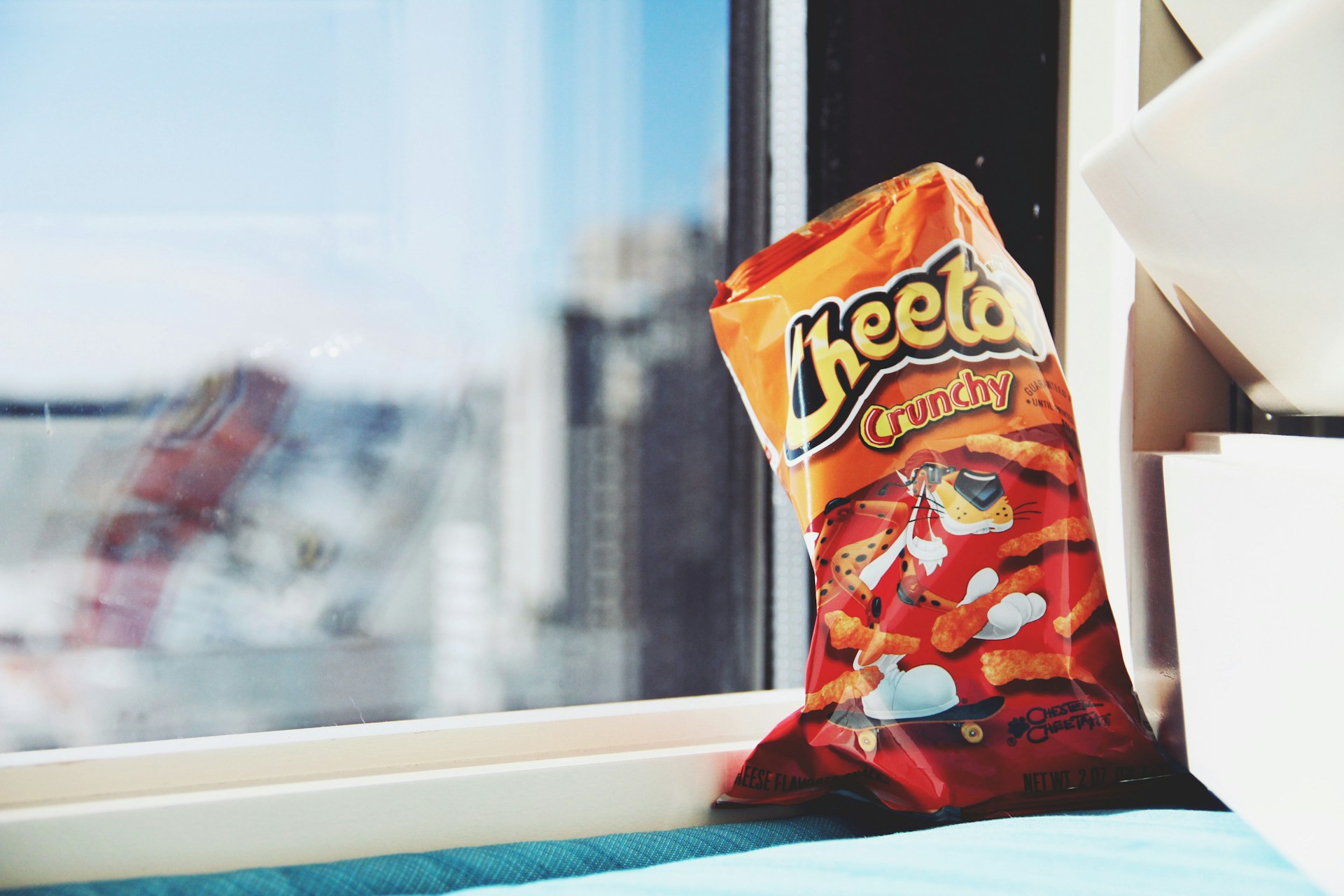
Cheetos Recipe to Change as FDA Plans Dye Ban Under RFK Jr.
After nearly eight decades of leaving orange dust on fingers and shirts alike, Cheetos is about to look a little different. The FDA, under the leadership of Robert F. Kennedy Jr., is moving forward with plans to ban several artificial food dyes by 2026—including the ones responsible for Cheetos’ trademark glow. In response, PepsiCo has announced that it will begin phasing out artificial colors from its snack lines, including the beloved Cheetos brand. Giorgio Trovato / Unsplash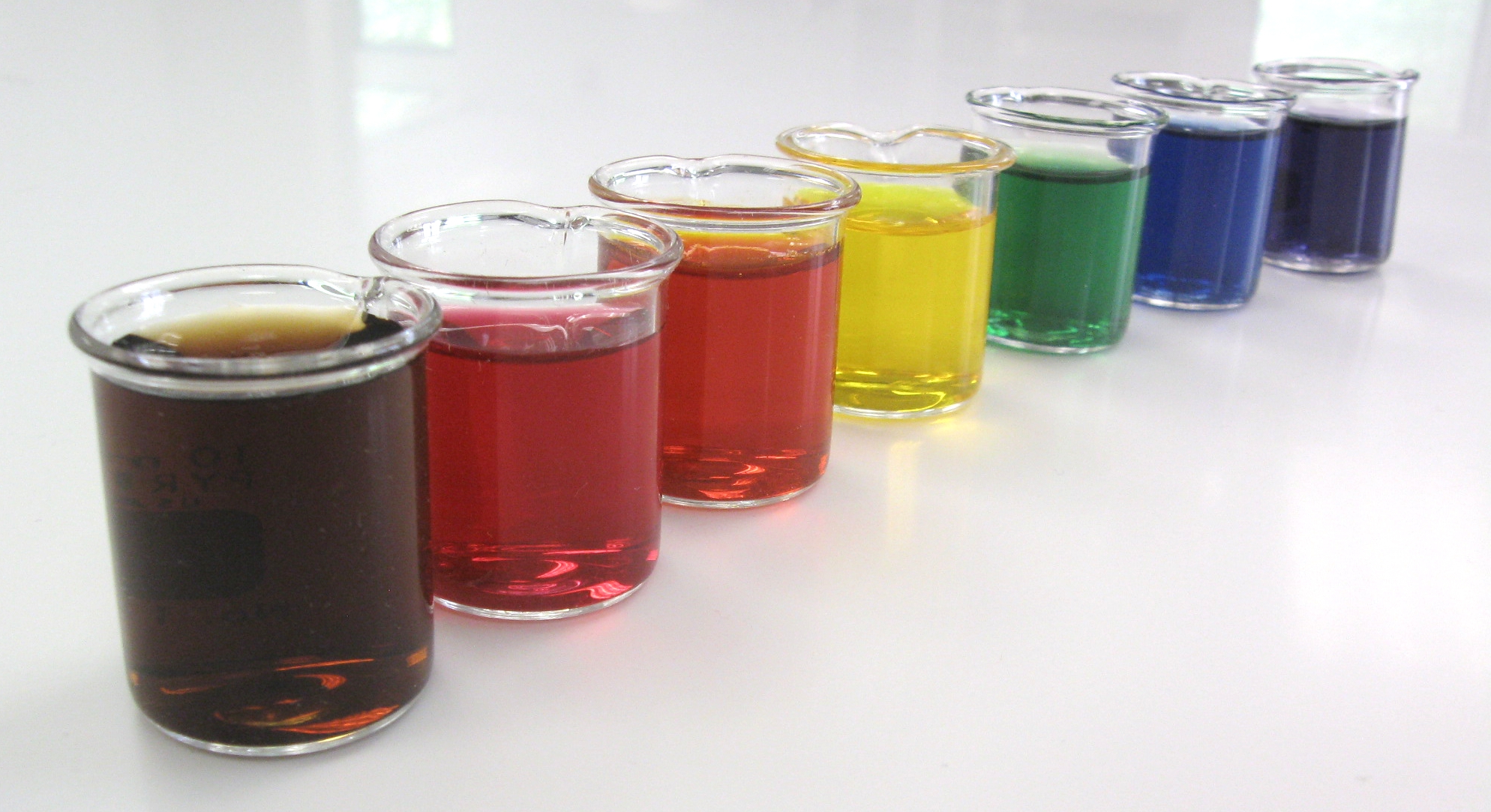
FDA Targets Artificial Dyes in New Food Policy Push
The Food and Drug Administration is proposing a ban on several synthetic dyes commonly used in U.S. food products. Among those on the chopping block are Red 40, Yellow 5, Yellow 6, Blue 1, and Blue 2—all of which have come under renewed scrutiny for their potential health risks and regulatory gaps compared to international standards. Skoot13, CC BY-SA 3.0 https://creativecommons.org/licenses/by-sa/3.0, via Wikimedia Commons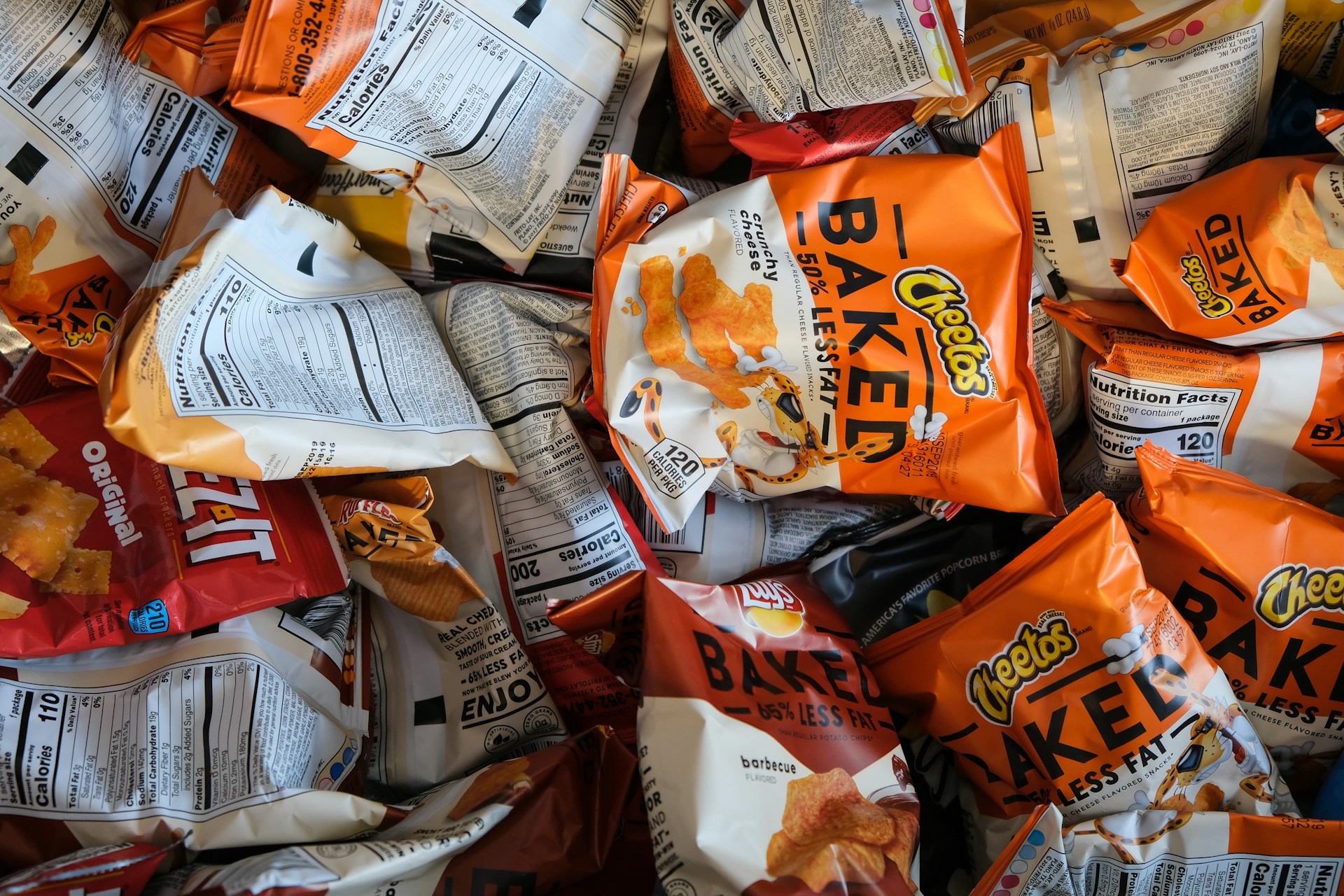
Cheetos’ Bright Orange May Fade With Looming Ingredient Ban
Cheetos’ signature orange color is made with Yellow 6, one of the dyes named in the FDA’s proposed ban. Other products across PepsiCo’s snack portfolio are also affected. Ryan Quintal / Unsplash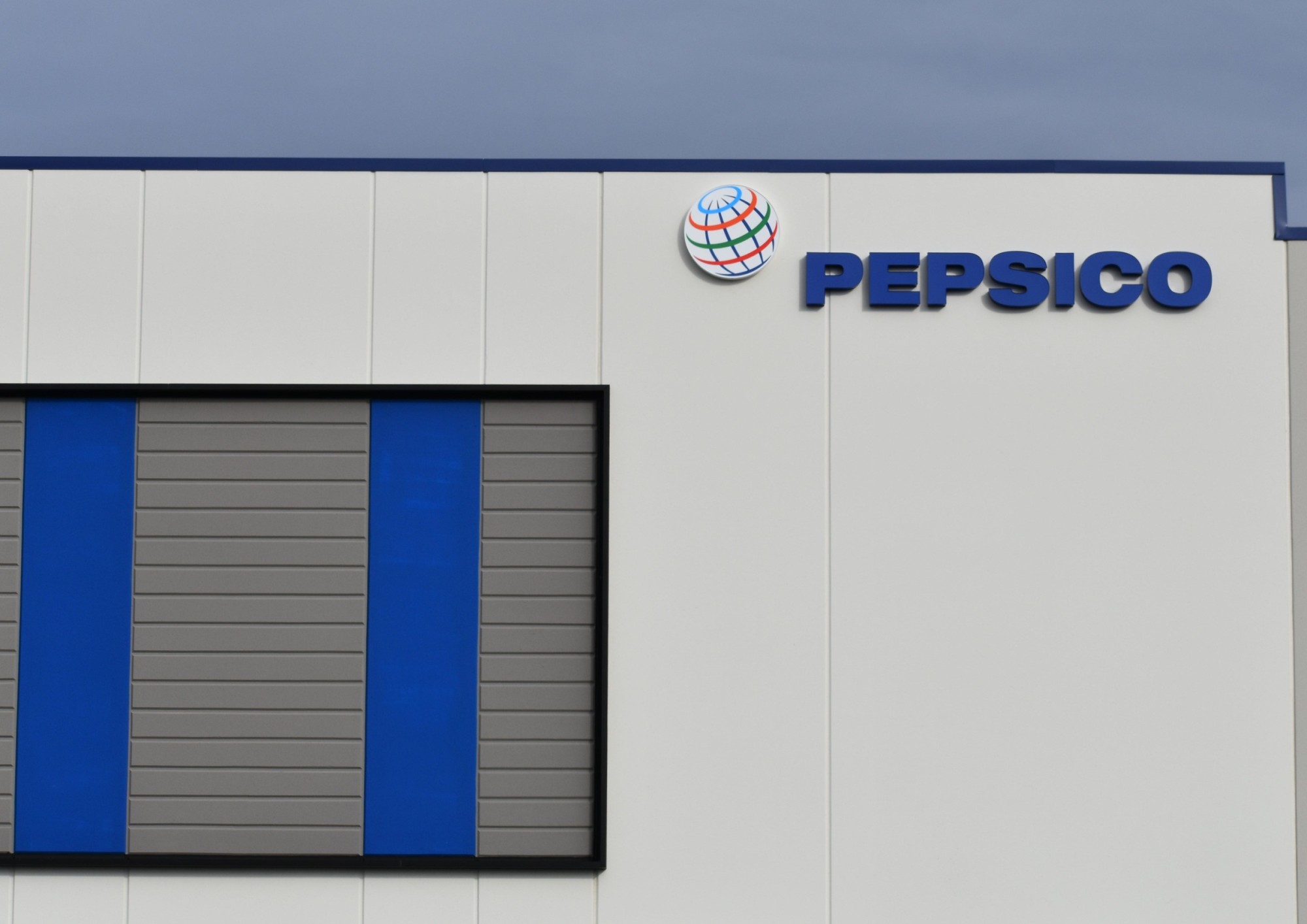
PepsiCo Begins Phase-Out
In its second-quarter earnings report released July 17, PepsiCo stated that it plans to remove artificial colors and flavors from popular snack lines like Cheetos and Doritos. “We plan to introduce extensions of Cheetos and Doritos that will contain no artificial colors or flavors,” the company said in prepared remarks.The change reflects a broader trend among major food manufacturers, many of which are reformulating products ahead of potential regulatory shifts. Chrissy Suttles/Beaver County Times part of the USA TODAY NETWORK / USA TODAY NETWORK

What's Actually in Your Cheetos?
Classic Cheetos—both the puffs and crunchy versions—get their bold orange hue from Yellow 6. The Flamin’ Hot varieties go even further, relying on a cocktail of four synthetic dyes: Red 40 Lake, Yellow 6 Lake, Yellow 6, and Yellow 5. Alex Kristanas / Unsplash
From Jalapeño to Street Corn, Cheetos Flavors May See Major Changes
Other Cheetos flavors—such as Cheddar Jalapeño—feature a mix of Red 40, Yellow 5, Yellow 6, and Blue 1 in their artificial-color seasoning. Meanwhile, Mexican Street Corn Cheetos list only Yellow 5 Lake among synthetic dyes and include turmeric extract as a natural coloring component. Jeff Eaton, CC BY-SA 2.0 https://creativecommons.org/licenses/by-sa/2.0, via Wikimedia Commons
“Simply Cheetos” Already Avoids Artificial Dyes
PepsiCo already sells a dye-free version of the snack under its “Simply Cheetos” line. The Simply White Cheddar flavor contains no artificial colors or added dyes; the pale yellow hue comes entirely from real cheese.That line may serve as a preview of what’s to come across the broader Cheetos portfolio as artificial ingredients are phased out. Valenzuela400, CC BY-SA 4.0 https://creativecommons.org/licenses/by-sa/4.0, via Wikimedia Commons
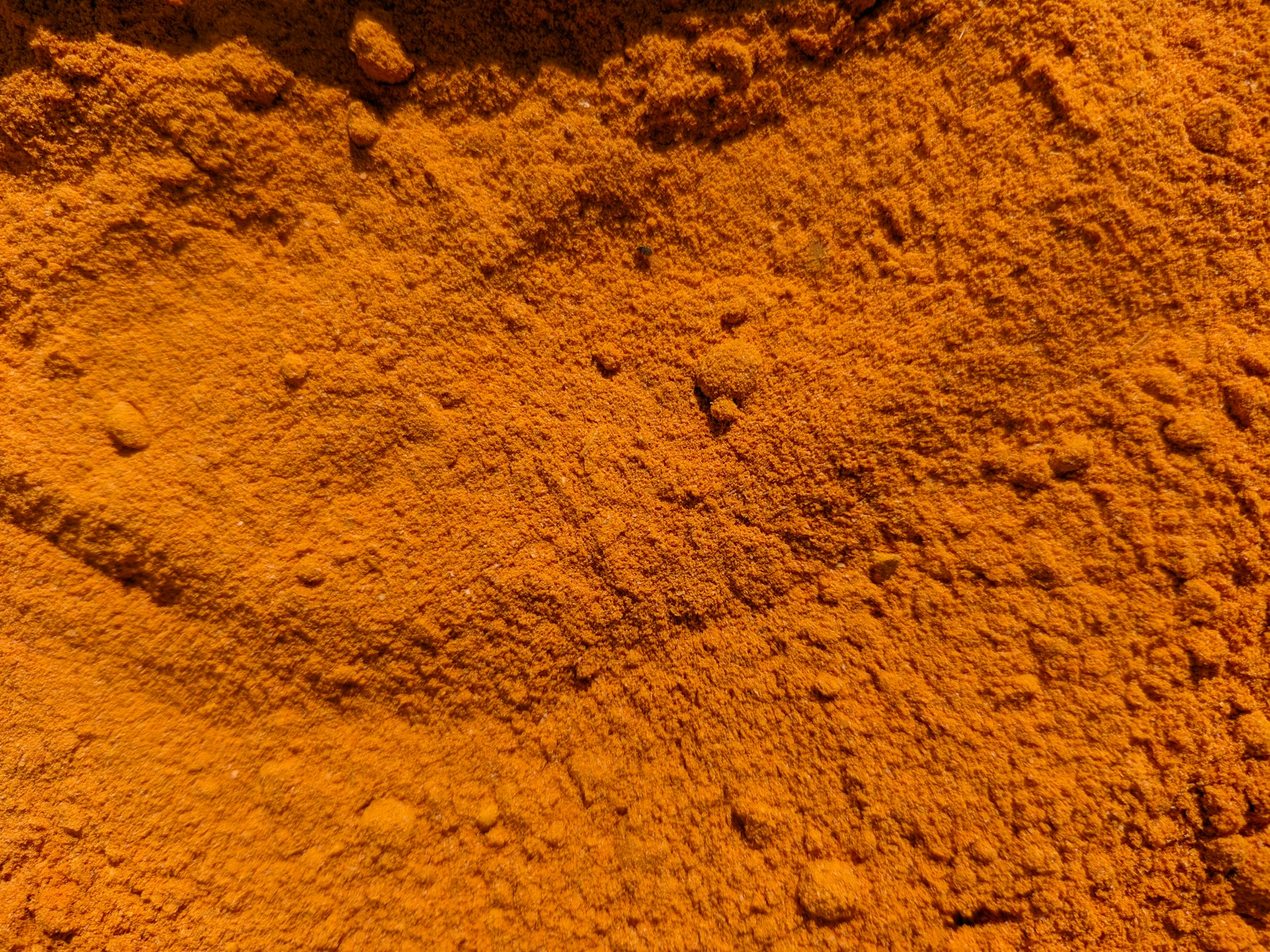
Natural Dyes Come With Drawbacks
Replacing artificial dyes isn’t as simple as swapping in something “natural.” According to food safety expert and author Darin Detwiler, natural colorants like turmeric or beet juice are significantly more expensive to produce and use. That could lead to higher prices for consumers. Md Shakil Photography / Unsplash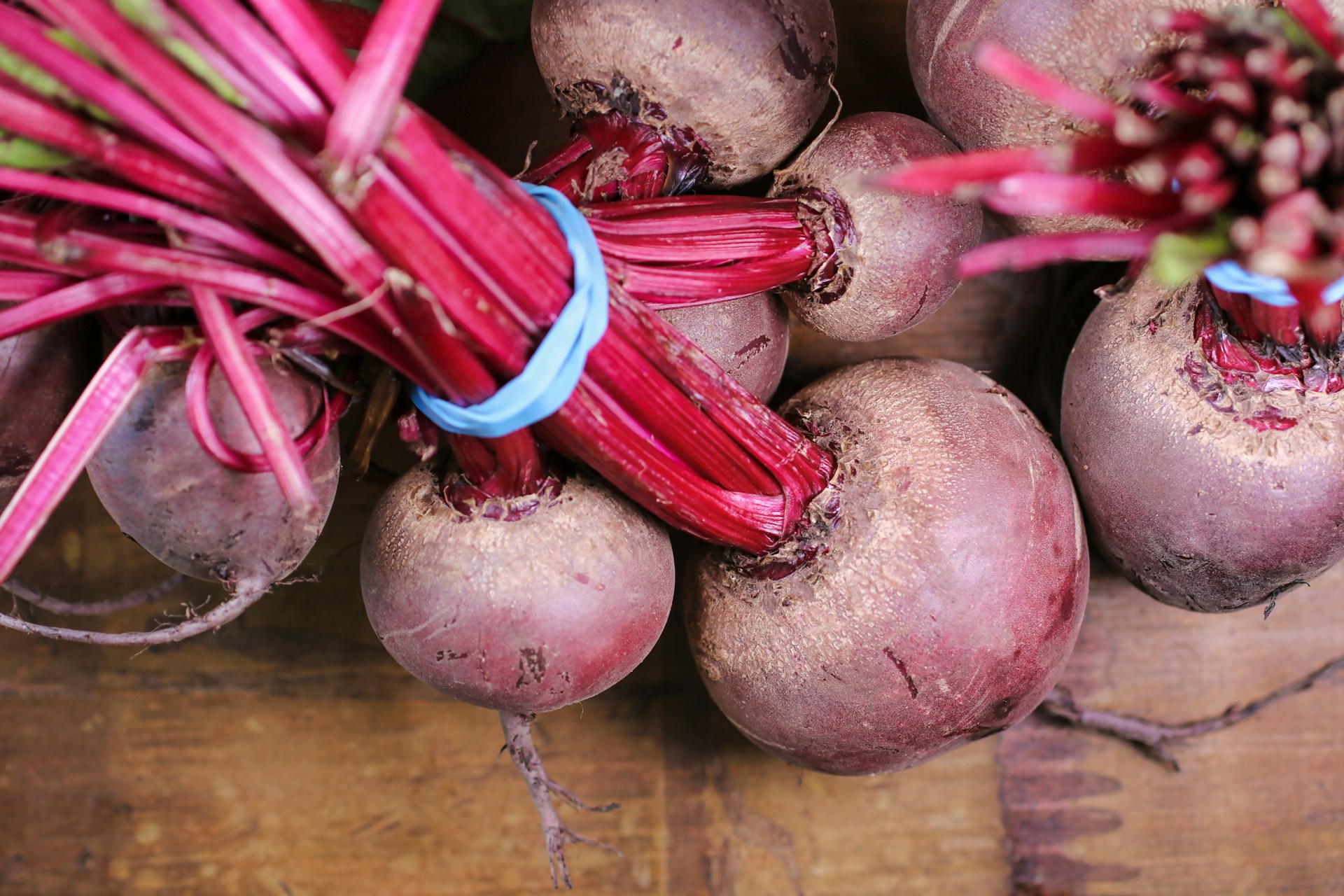
Ditching Artificial Dyes Comes With a Color Compromise
Natural dyes also tend to be less stable—degrading in heat, light, or oxygen—and result in colors that are less vibrant and consistent than their artificial counterparts. Nick Collins / Unsplash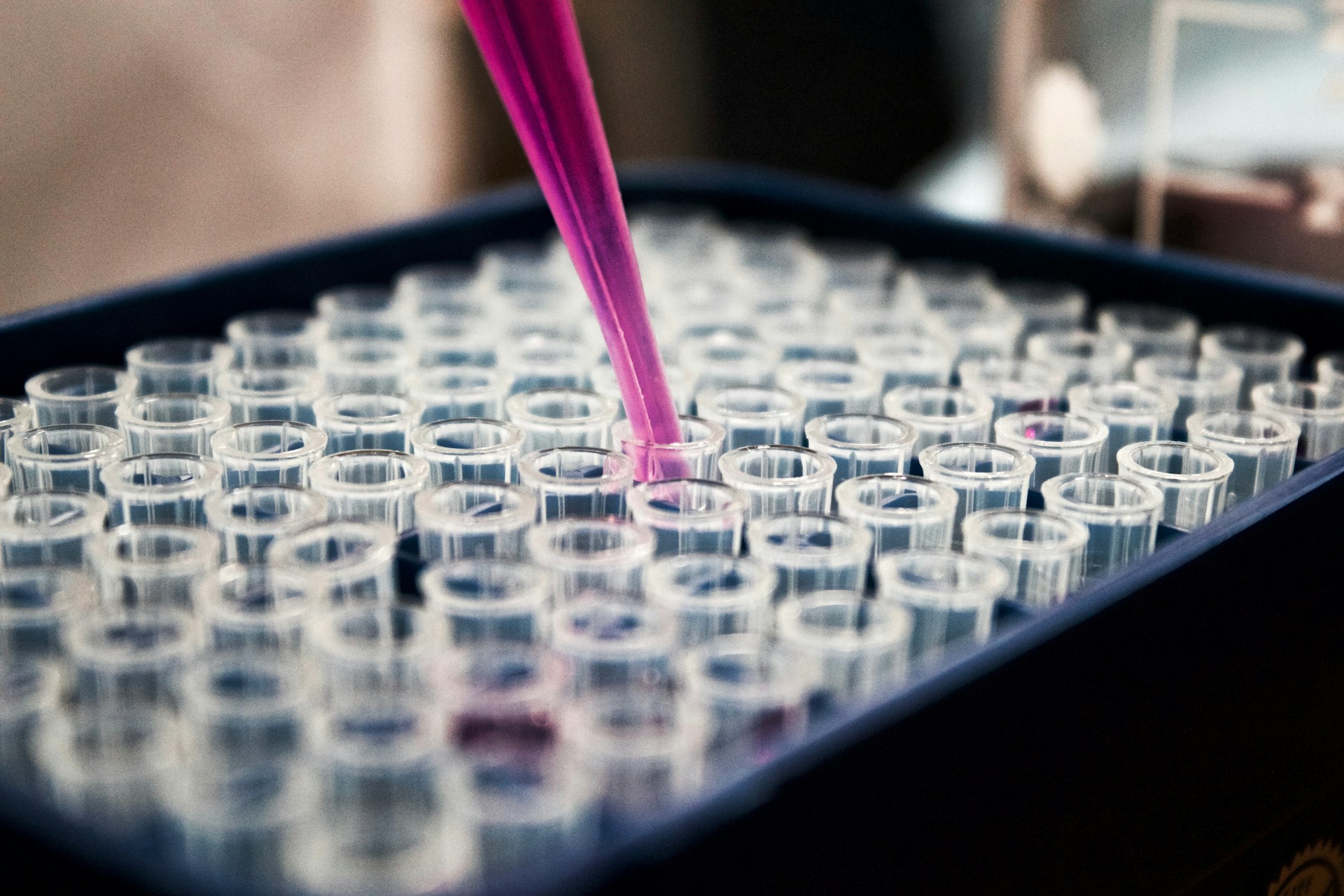
Possible Replacements for Synthetic Dyes
Some of the natural dye alternatives food manufacturers may turn to include:•Annatto extract – a yellow hue made from achiote seeds
•Beta-carotene – the same orange pigment found in carrots
•Paprika extract – commonly used for red-orange shades
•Beet juice concentrate – deep red but prone to fading
•Turmeric extract – provides a yellow-orange tint but is sensitive to heat
While these replacements are widely used in Europe and other regions, integrating them into long-established American snack brands could present consistency and shelf-life challenges. Louis Reed / Unsplash

When Will Cheetos Change?
PepsiCo says it plans to remove artificial dyes from brands like Lay’s and Tostitos by the end of 2025. While it has not given a firm timeline for Cheetos, the company’s CEO Ramon Laguarta stated that more than 60% of its portfolio already excludes artificial colors.The transition for Cheetos could begin this year but may stretch into 2026. Fotorech / Pixabay
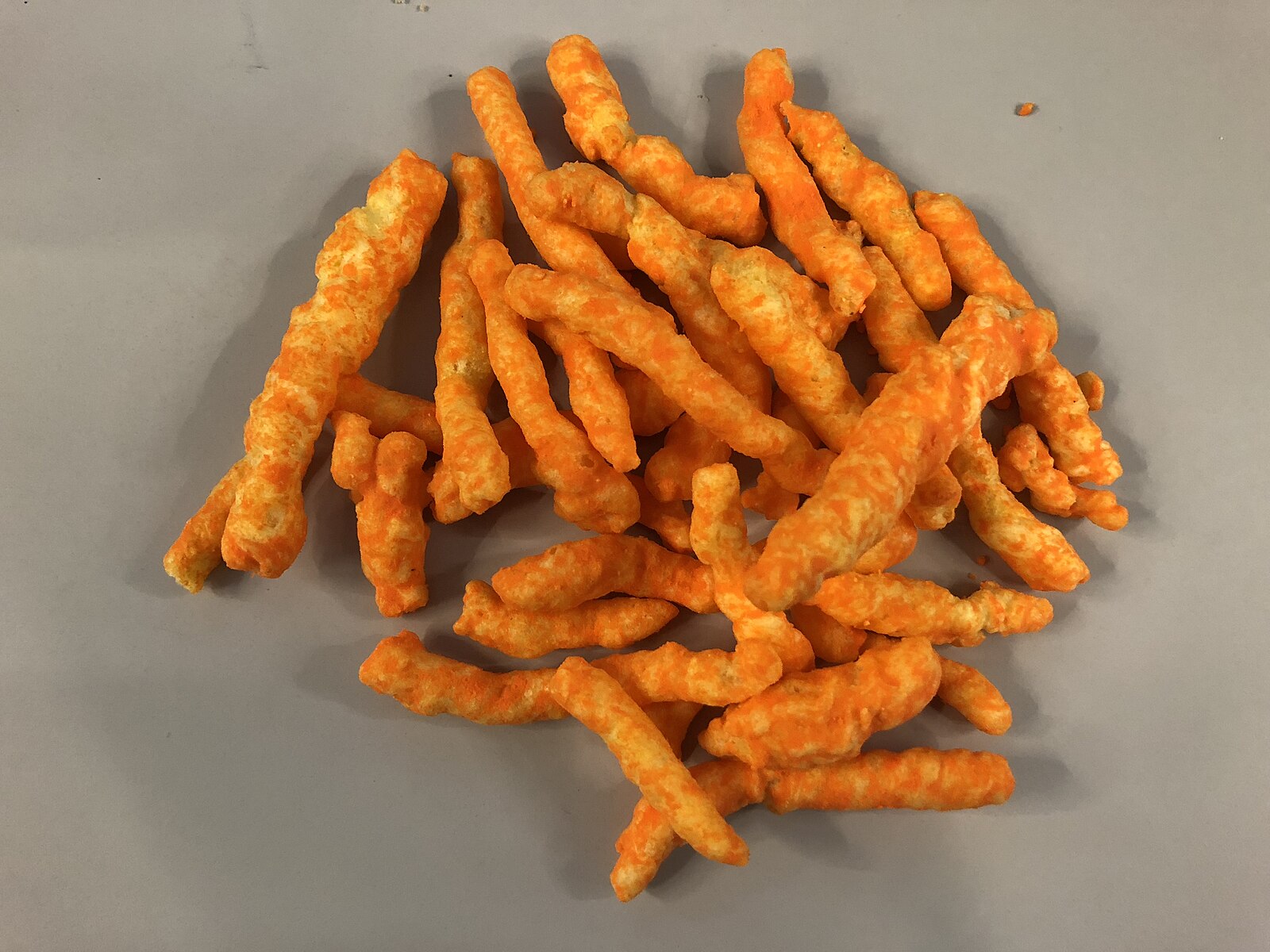
What’s Next for “Cheetle”?
Whether Cheetos will retain its iconic look without synthetic coloring remains to be seen. Natural dyes could change the snack’s color, shelf life, and price. Some consumers might welcome the change, while others could miss the signature orange glow.Either way, the classic snack is entering a new era, one with cleaner labels, subtler hues, and the end of artificial “Cheetle,” the trademarked term for the orange dust that coats your fingers. Famartin, CC BY-SA 4.0 https://creativecommons.org/licenses/by-sa/4.0, via Wikimedia Commons